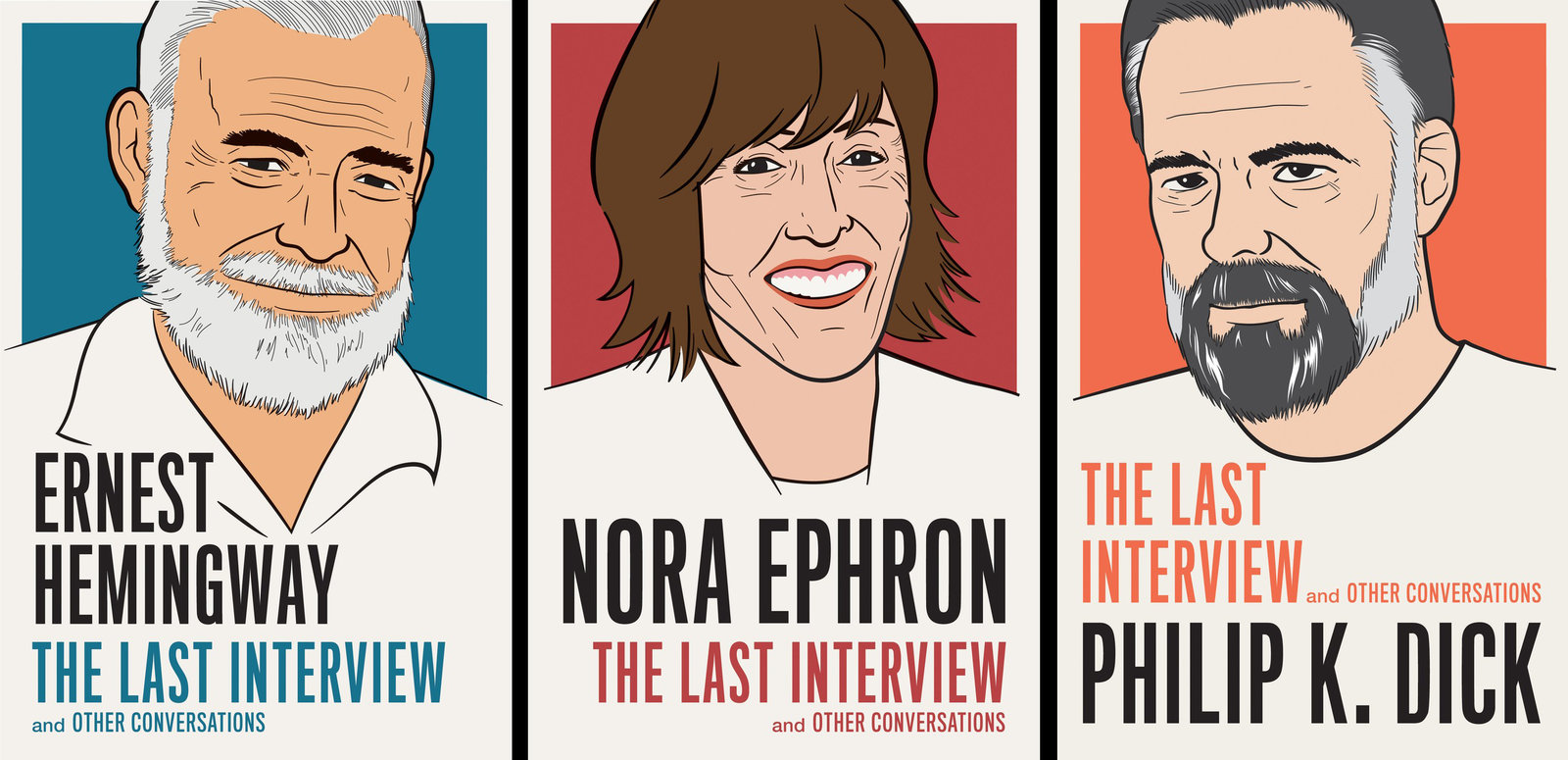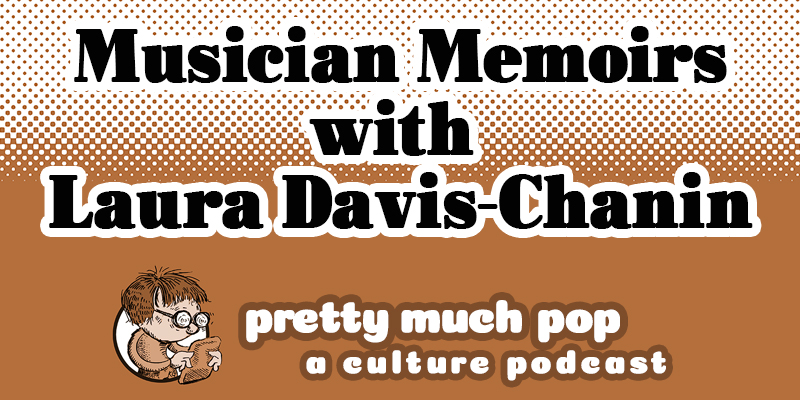Guitarist, singer, and songwriter Gary Clark, Jr. was “supposed to save the blues,” writes Geoff Edgers at The Washington Post. That’s a lot of weight to hang on the shoulders of a musician born in 1984. Clark grew up in Austin, Texas listening to Jimi Hendrix, Stevie Ray Vaughan, Green Day, and Nirvana. He’s been onscreen in John Sayles’ Honeydripper, played Eric Clapton’s Crossroads Guitar Festival, and played alongside his hero B.B. King.
His ringing tone recalls King, his searing leads sound like Hendrix, but he’s just as happy evoking Curtis Mayfield, Stax Records, and Quincy Jones. He’s described his ideal sound as “Snoop Dogg meets John Lee Hooker.” The blues, whatever Clark’s critics might think they are, have come a long way since white 60s revivalists traveled south and discovered country bluesmen like Clark’s fellow Texan Mance Lipscomb, a sharecropper all his life, even after his first album made him famous in 1961 and he recorded with a “who’s who of musicians.”
Lipscomb, “despite his fame,” writes Texas Monthly, “remained poor.” Clark has done quite well for himself. His success provided the occasion for his furious, reggae-tinged track “This Land,” which recounts a confrontation with a neighbor who refused to believe a Black man could own the 50-acre ranch Clark owns in rural Texas, outside Austin. Clark’s got blues, but it’s a different era, and the music is more multi-faceted than it was sixty, ninety, or 100 years ago, even if some other cultural attitudes haven’t changed at all.
He clearly wants to evade traditional labels and avoid repeating himself. “If it were up to everybody else,” Clark once sneered, “I would do Hendrix covers all the time.” (See his “Voodoo Child” live.) He may not want to wear the mantle of the “savior of the blues.” But he “can bang out a country blues on an 80-year-old resonator guitar,” Edgers writes, as comfortably as he drops samples into the demos he arranges at his home studio.
See Clark at the top in a spontaneous 12-bar acoustic jam in Berlin, and just above, he breaks out the resonator for “Nextdoor Neighbor Blues.” This song is not, in fact, about a racist neighbor but about a much more universal subject, one Mance Lipscomb — and all the bluesmen whose songs he remembered and recorded in his own surprisingly versatile, virtuoso style — sang about all the time: a love affair gone wrong. It’s a story as old as music and maybe one reason we don’t have to worry that the blues are going anywhere.
Related Content:
Josh Jones is a writer and musician based in Durham, NC. Follow him at @jdmagness



